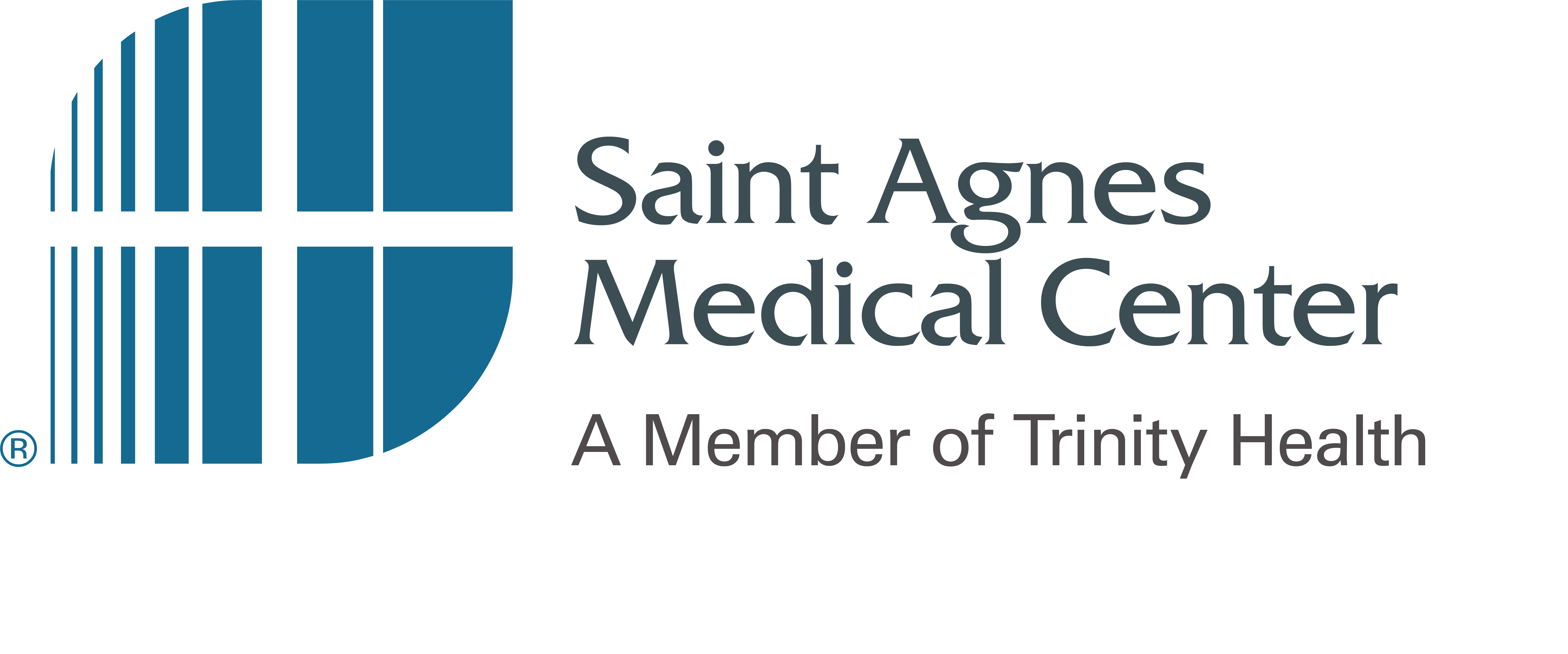TeleStroke Provides Immediate Stroke Treatment
April 9, 2019When she isn't enjoying visiting with her grandchildren, Hentrietta Spain of Fresno, 73, can be found zooming through books – up to as many as two novels each day! Her Kindle library is home to more than 2,000 digital books, including her favorite novel she recommends everyone should read, "Alas, Babylon," by Pat Frank.
Last December, Henrietta found herself zooming through errands instead of pages as she prepared for the approaching holidays and traveled to care for a sick family member in Stanford.A week before Christmas, after a long day of running errands, Henrietta sat down at home to relax and enjoy a television program. Suddenly, she began to feel strange. When she tried to stand, she discovered she couldn't rise from her chair.
"Luckily, my older daughter, Karla, and my granddaughter, Ileah, were in the house," Henrietta recalls.
Henrietta's right side was unresponsive and she collapsed sideways, unable to hold her own body upright. Karla and Ileah carefully lowered her to the ground and called 9-1-1.
At first, paramedics were uncertain whether Henrietta's symptoms pointed to a stroke as she still had clear speech. It was Henrietta's younger daughter, Joanna Turner, a speech pathologist at Saint Agnes Medical Center, who convinced them that her mother was suffering from a stroke.
"This was my mother's sixth event," Joanna explains. "I was able to recognize some of the signs from what I had seen her experience previously."
The paramedics changed their initial diagnosis and notified the Emergency Department at Saint Agnes to be ready for their arrival. As soon as the ambulance arrived, ER staff rushed Henrietta for a CT scan and connected her and her family to a neurologist via a stroke telemedicine system.
A novel idea
Stroke telemedicine, or TeleStroke, is a service that allows patients and nurses to connect with neurologists remotely through a high-speed internet, videoconferencing platform. Neurologists are able to assess the patient's physical symptoms and ask questions of the patient, doctors and nurses to prescribe the appropriate treatment in real-time.
"Strokes are very difficult to diagnose," says Emergency Medicine Physician Michael Habibe, MD. "While there are some cases I can diagnose myself, I want to have a neurologist's input to back up my assessment and ensure that we are giving the patient the proper treatment."
The video conferencing allows Saint Agnes care teams to provide a higher level of care for stroke patients by giving them immediate access to neurologists, 24/7.
"If the patient is left untreated for more than a few hours, their chances of recovery plummet," Dr. Habibe says. "In the past, I used to call neurologists to explain the situation, but now the neurologist can see the patient in real-time and all of us can talk through the symptoms and treatment together."
Joanna feels the TeleStroke system was vital to her mother receiving timely care. Despite good health for most of her life, Henrietta has experienced three strokes and three TIAs (transient ischemic attack, also known as a ministroke) in the last ten years.
"Having been with my mother through several of these events, there is no doubt that this was the fastest we have ever been in contact with a neurologist," Joanna says. "The speed of the process allowed us to have access to more treatment options than would have been available had we needed to wait to see a doctor in person."
While the TeleStroke neurologists don't replace the value of having a neurologist physically in the room, there is no doubt that this technology is beneficial to providing immediate care.
"This technology has helped us save multiple lives that would not have been possible otherwise," Dr. Habibe says. "With stroke, time is brain."
Back to books
Since being released from the hospital, Henrietta has done her best to stay moving during the day and keep her stress at bay. Thanks to the treatment she received, she is able to continue her voracious habit of reading two books every day – sometimes staying up until 5 a.m. to finish!
"I take things very slowly now," Henrietta says. "I'm just grateful to still be here and be as mobile and healthy as I am. I want to stay well for as long as I can to support my children and grandchildren, and hopefully my great grandchildren someday."
Signs of stroke
Stroke is classified as a brain disease that affects the arteries leading to and within the brain. It occurs when a blood vessel carrying oxygen and nutrients to the brain is blocked by a clot, or bursts. When this occurs, part of the brain cannot get the blood and/or oxygen necessary and begins to die.
TWO TYPES OF STROKE:
- An ischemic stroke forms a clot which obstructs the flow of blood to the brain.
- A hemorrhagic stroke causes a rupture of a blood vessel that prevents the blood flow to the brain.
WARNING SIGNS:
- Sudden numbness of the face, arm or leg, especially on one side of the body
- Sudden confusion, trouble speaking or understanding
- Sudden trouble seeing in one or both eyes
- Sudden trouble walking, dizziness, loss of balance or coordination
- Sudden, severe headache with no known cause
Call 9-1-1 immediately if you experience any of these symptoms.
